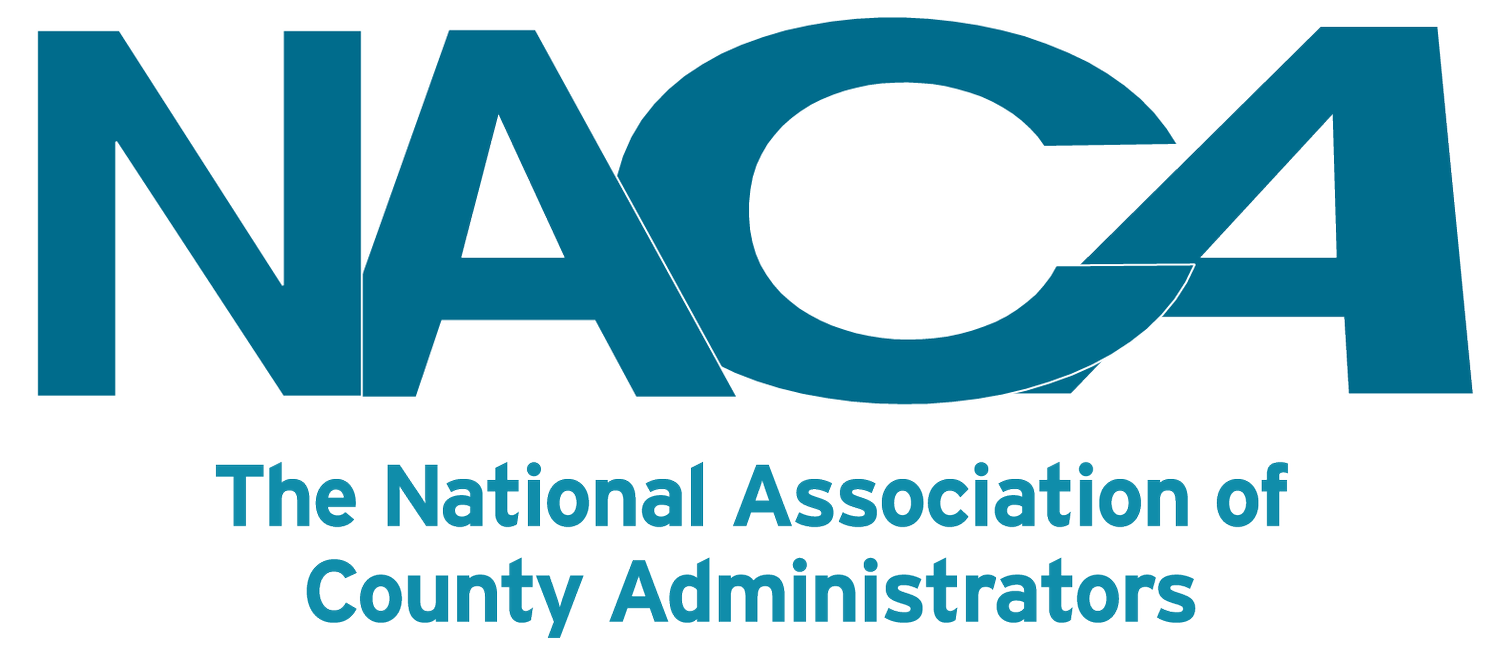Recruit and Retain: Remove Barriers
To recruit and retain employees, governments need to remove hiring barriers and offer robust benefits packagesWritten by
Michael Keating | June 20, 2023
The pace of hiring into the government workforce continues to be at a snail’s pace compared to the number of job vacancies. The U.S. Bureau of Labor Statistics says that for April 2023, there were 963,000 government job openings and just 376,000 new hires (estimated, preliminary).
Dutch Ross, a vice president at Atlanta-based Purchasing Power, says silent barriers may hinder prospective employees from applying for a government job. Purchasing Power is a voluntary benefit company that operates an employee purchase program for consumer products and services through payroll deduction.
“For example, to apply for a job at the municipal airport may require someone to have already passed the civil service exam and be on a list that’s kept by the city,” Ross explains. “If someone does not immediately meet this requirement, they cannot apply, and they may not be interested in completing the prerequisite and applying in the future—particularly if they are unfamiliar with the process requirements and timeline.”
Ross says that potential workers may be unfamiliar with hiring practices in government. “Someone who hasn’t been exposed to certain public sector industry roles or the training and certification required to be employed in these roles—or who doesn’t have family that has gone through this process before them—is at a disadvantage.”
He notes that cumbersome hiring procedures can be a potential barrier for prospective workers as well as hiring agencies. “If the agency is trying to recruit more professionals from diverse backgrounds, you can see how agency recruiters might be challenged in the current process as well. This ultimately ties back to the communication of such roles, employment opportunities and processes.” He urges public sector and HR leaders to cast a wide net when recruiting prospective candidates for a government’s workforce. Hiring officers, Ross believes, should reach beyond traditional audiences of recruits.
Purchasing Power conducted a survey earlier this year of U.S. public sector employees, the aim of which was to get a better understanding of how ongoing economic stressors such as inflation and rising interest rates were impacting the public sector employee base. The specific survey goal was to gage the amount of financial stress facing government workers as well as their state of financial well-being.
“According to the survey, the majority (83 percent) of public sector employees experience financial stress, and more than half of survey respondents reported that their financial stress negatively impacts their overall happiness and their stress levels and emotions at home,” Ross tells Co-op Solutions.
The survey results, Ross explains, demonstrate that the U.S. public sector continues to face labor challenges. These challenges, he says, are “both from people aging out and retiring from the industry as well as people leaving the industry to pursue opportunities that better meet their personal needs, namely financial.”
Ross says the world and workforces are changing. “Coming out of the pandemic, staffing levels are challenged across the country. Employees may have chosen to move away from being an essential worker, for an opportunity with more benefits and wellness offerings or even for a role with a hybrid or fully remote environment.”
Because of these changes, he believes public sector organizations need to be more flexible to compete for talent. “This means determining which roles can be remote or hybrid or offering additional benefits or supportive benefits that help them stand apart as an employer of choice.”
Yes, employers need to differentiate themselves to succeed, Ross believes. “The organizations that are winning in this area have been the most creative and tech-forward in their approach, whether through communications that highlight the organization’s value proposition or applying hiring practices that seek to reduce the initial barriers to entry.”
He notes that another large part of winning the recruiting competition is having a flexible and forward-thinking benefits offering. This offering, he explains, “supports employees where they currently are and ramps up engagement once someone is on board.”
Ross notes that recruitment challenges in the public sector vary by region. He adds, however, that “the overall theme is that the value of public sector work—making a difference in your community, stable work environment and security (benefits, retirement, etc.)—either isn’t being communicated properly or isn’t resonating with younger people.”
He says HR leaders need to take a page from marketers when it comes to filling vacant roles. “Specifically, they need to build the case for today’s workforce around the benefits of working within the public sector, as traditional approaches and existing employment stigmas as likely alienating qualified candidates.”
Government recruiters, adds Ross, need to take some crucial steps: “Identifying the right communication methods and channels to reach your target candidates, paired with the right messaging, makes all the difference.”
No question, the U.S. public sector continues to face labor challenges. Ross says employers who offer expanded financial wellness benefits to their workers may see less turnover and greater retention. He says those benefits programs should encompass both the traditional, long-term focused benefits like 401k, pensions and financial planning tools as well as short-term focused offerings. “These include nuanced resources like employee purchasing programs and tuition assistance, among others. Many of these solutions are available to employers at no cost—and offer employees immediate access.”
Through Purchasing Power’s Public Sector Employee Benefits Program private- and public-sector employers can give their employees a responsible way to buy computers, electronics, furniture, appliances, home décor, tires, vacation packages and other products and services.
Ross offers this conclusion: “When employees feel supported at work and at home, they’re more likely to stick around. When an organization has a successful, inclusive benefits program, it positions the organization as an employer of choice, and opens the door to employment opportunities for diverse individuals who may not otherwise apply.”
Michael Keating is senior editor for American City & County. Contact him at michael.keating@informa.com.


